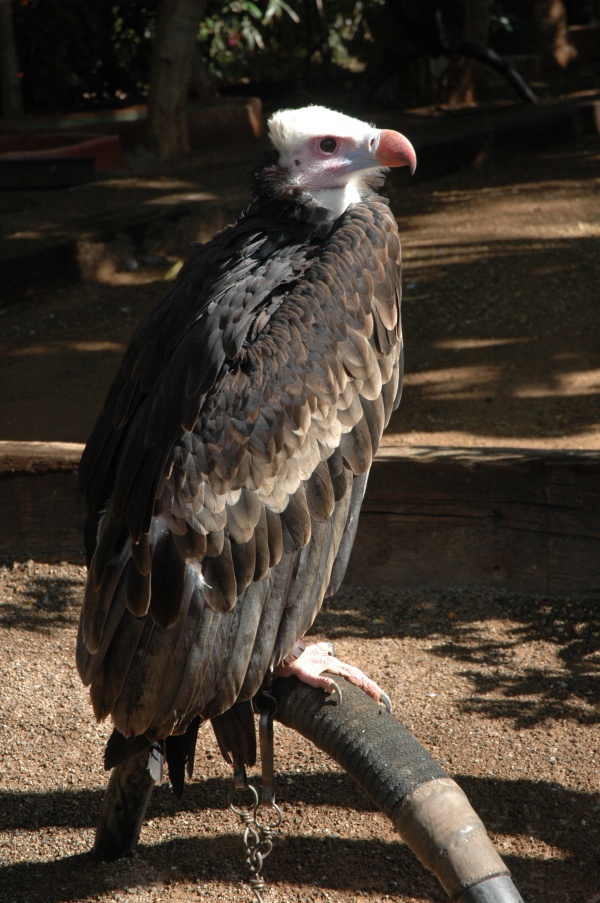Facts About White-headed vulture
The white-headed vulture is a fascinating Old World vulture native to Africa, but its numbers are, unfortunately, dwindling due to habitat loss and poisoning. This medium-sized bird is notable for its reversed sexual dimorphism, with females being larger than males. It can be identified by its pink beak, white crest, and striking black and white plumage.
These vultures are distributed across sub-Saharan Africa, favoring mixed dry woodlands at low elevations. They are known for their longevity and strong attachment to their territories, often constructing nests in trees. Their diet mainly consists of carrion, although they occasionally hunt live prey.
Unfortunately, the white-headed vulture is critically endangered. Its population is declining due to habitat destruction, decreasing food sources, poisoning, and exploitation. The species is particularly vulnerable to changes in land use and harmful substances like diclofenac. A tragic example of this occurred in Botswana, where many vultures, including white-headed vultures, were poisoned en masse.
To save these remarkable birds, immediate action is crucial to protect them and mitigate the threats they face. Conservation efforts are imperative to prevent further declines in their population.

 Tanzania
Tanzania